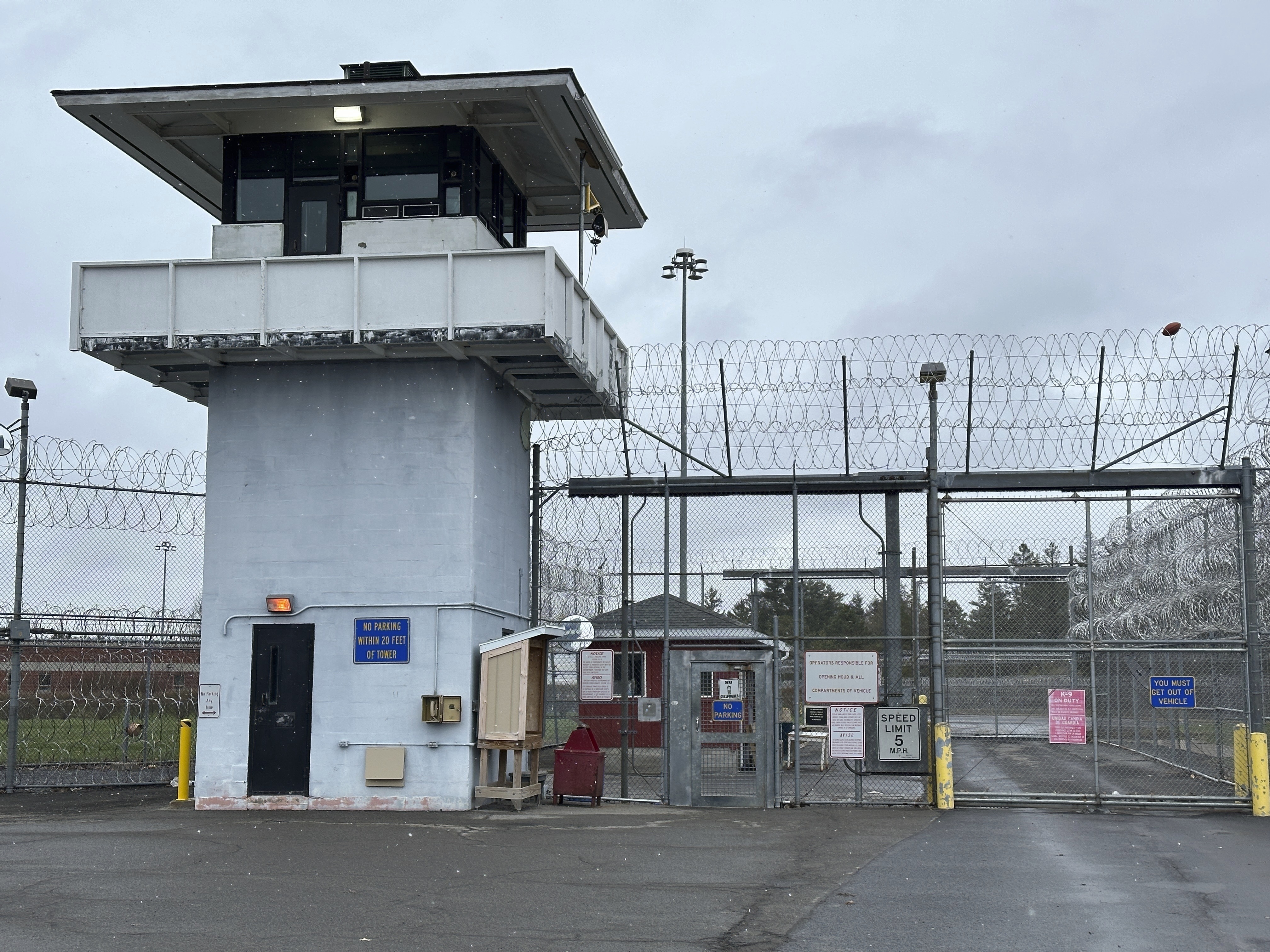Melinda Gates' Secret: Buffett's Advice for When You're Too Hard on Yourself
Melinda French Gates' Secret Weapon: Warren Buffett's Inspiring Advice
Introduction: Wisdom for the Ages
Ever feel like you're being too hard on yourself? We all do, especially when striving for ambitious goals. Even billionaire philanthropist Melinda French Gates, known for her impactful work at Pivotal Ventures and beyond, acknowledges the struggle. But she has a secret weapon: advice from her longtime friend, Warren Buffett.
The Power of Wisdom: A Personal Collection
Melinda French Gates is a self-confessed collector of wisdom. She explained to the Wall Street Journal Magazine that she makes a point of writing down helpful quotes and insights shared with her. This allows her to revisit and "replay them in my head" whenever she needs a boost or a fresh perspective. Think of it as a mental toolkit filled with the perfect tool for every challenge.
Buffett's Gem: A Reminder of the Mission
So, what specific Buffett-ism does she rely on? It's a simple yet profound reminder about the nature of philanthropy. French Gates recalls Buffett telling her and her former husband, Bill Gates: "You're working on the problems society left behind, and they left them behind for a reason. They are hard, right? So don't be so tough on yourself."
Why This Advice Resonates: The Nature of Philanthropy
Philanthropy isn't about quick wins or easy solutions. It's about tackling complex, deeply rooted issues that have defied resolution for generations. These are the problems that governments, markets, and even previous philanthropic efforts have struggled to overcome. Shouldn't we expect them to be difficult?
The Trap of Perfectionism: A Common Pitfall
It's easy to fall into the trap of perfectionism, especially when you're driven by a desire to make a real difference. You set lofty goals, pour your heart and soul into your work, and then get frustrated when progress is slow or setbacks occur. Does that sound familiar? This is precisely where Buffett's advice comes in handy.
Reframing Failure: Seeing Setbacks as Learning Opportunities
Instead of viewing setbacks as personal failures, Buffett's words encourage a shift in perspective. They suggest that these challenges are inherent to the nature of the work itself. They’re a natural part of the process. Failure isn't the opposite of success; it's a stepping stone.
The Importance of Self-Compassion: Being Kind to Yourself
Self-compassion is crucial for long-term success and well-being. It's about treating yourself with the same kindness and understanding you would offer to a friend who is struggling. Remember, you're human, and you're doing your best. Don't beat yourself up over things you can't control.
H3: Recognizing Your Limits
Part of self-compassion is acknowledging your limitations. You can't solve every problem overnight, and you can't do it all alone. Recognizing your limitations allows you to focus your energy on the areas where you can make the biggest impact.
The Ripple Effect: Inspiring Others Through Self-Care
When you prioritize self-care and cultivate self-compassion, you're not just benefiting yourself. You're also setting an example for others. Your well-being directly impacts your ability to lead, inspire, and create positive change.
Beyond Philanthropy: Applying Buffett's Wisdom to Everyday Life
Buffett's advice isn't just applicable to philanthropy; it's a universal truth that can be applied to any challenging endeavor. Whether you're starting a business, pursuing a personal goal, or simply navigating the complexities of daily life, remember that setbacks are inevitable. Don't let them derail you.
H3: Career Advice
Think about your career: are you constantly striving for perfection? Do you feel like you’re never quite good enough? Buffett’s advice serves as a powerful reminder to acknowledge the inherent challenges in any professional path and to practice self-compassion when facing obstacles.
The Power of Perspective: Zooming Out to See the Bigger Picture
When you're feeling overwhelmed or discouraged, take a step back and try to see the bigger picture. Remind yourself of your long-term goals and the positive impact you're striving to create. This can help you put things into perspective and regain your motivation.
H3: Personal Growth
We all experience challenges in our relationships and personal lives. Maybe you’re trying to break bad habits or adopt a healthier lifestyle. These journeys can be fraught with setbacks and frustrations. Remembering Buffett’s insight can help you stay patient and compassionate with yourself during these times of personal growth.
The Importance of Patience: A Marathon, Not a Sprint
Real, lasting change takes time and effort. It's a marathon, not a sprint. Be patient with yourself and celebrate your progress along the way, no matter how small. Every step forward is a victory worth acknowledging.
Building Resilience: Bouncing Back from Adversity
Resilience is the ability to bounce back from adversity. It's not about avoiding challenges; it's about developing the skills and mindset to overcome them. Buffett's advice helps build resilience by fostering self-compassion and a realistic perspective on the nature of difficult problems.
Finding Your Own Buffett: Seeking Mentorship and Guidance
Melinda French Gates benefits from the wisdom of Warren Buffett. Who is your "Warren Buffett?" Seek out mentors, advisors, or role models who can provide guidance, support, and a fresh perspective when you need it most. Their experience and insights can be invaluable.
The Value of Shared Experiences: Learning from Others' Journeys
Talk to others who have faced similar challenges. Sharing your experiences and learning from their journeys can be incredibly empowering. You'll realize that you're not alone, and you'll gain valuable insights into how to navigate difficult situations.
A Legacy of Giving: Inspiring Future Generations of Philanthropists
Melinda French Gates' work at Pivotal Ventures and her commitment to philanthropy are inspiring. By sharing her experiences and the wisdom she's gained along the way, she's empowering future generations to tackle the world's most pressing problems with compassion, resilience, and a healthy dose of self-compassion.
Conclusion: Embrace the Challenge, Be Kind to Yourself
Warren Buffett's advice to Melinda French Gates is a powerful reminder that tackling complex problems is inherently challenging. Don't be too hard on yourself when you encounter setbacks. Embrace the challenge, learn from your mistakes, and remember that progress, not perfection, is the ultimate goal. Cultivate self-compassion, seek guidance from mentors, and never lose sight of the positive impact you're striving to create. Remember that even the world’s greatest philanthropists benefit from a little wisdom and a lot of self-compassion.
Frequently Asked Questions
Here are some frequently asked questions related to the article:
- What is the main piece of advice Melinda French Gates received from Warren Buffett?
Buffett advised Gates and her former husband not to be too hard on themselves when working on philanthropic endeavors, as these are problems society has struggled with for a reason.
- Why is self-compassion important when tackling difficult problems?
Self-compassion allows you to view setbacks as learning opportunities rather than personal failures, fostering resilience and long-term well-being.
- How can I apply Buffett's advice to my own life?
Whether you're pursuing career goals, personal growth, or simply navigating daily challenges, remember that setbacks are inevitable. Be patient with yourself and celebrate your progress along the way.
- Who should I seek out for mentorship and guidance?
Look for mentors, advisors, or role models who can provide support and a fresh perspective when you need it most. Their experience and insights can be invaluable.
- What are some strategies for building resilience?
Strategies for building resilience include cultivating self-compassion, maintaining a realistic perspective, learning from others' experiences, and focusing on progress rather than perfection.









